What is Artificial Intelligence in simple words
With its ultimate goal of creating systems that can perform any cognitive task that a human can, as well as learn and adapt to new situations, artificial intelligence is a vast field of study that took off in the first decades of the twenty-first century. It combines computer science, psychology, philosophy, and other disciplines to create machines capable of performing tasks that would normally require human intelligence.
AI today is being used by businesses for a variety of applications, transforming business sectors like never before. In this article will go over the different stages and types of Artificial Intelligence.
Be ready to discover the AI revolution!
Different types of artificial intelligence
1. Reactive Machines
Reactive machines are the most basic type of AI due to their lack in the ability to learn and adapt to new situations. These AI systems can only respond to their current environment and cannot form memories or make decisions based on previous experiences. This means they can only perform the tasks for which they were programmed and cannot adapt or evolve beyond those tasks.
Reactive machines, as a result, are unable to improve or change their behavior over time.
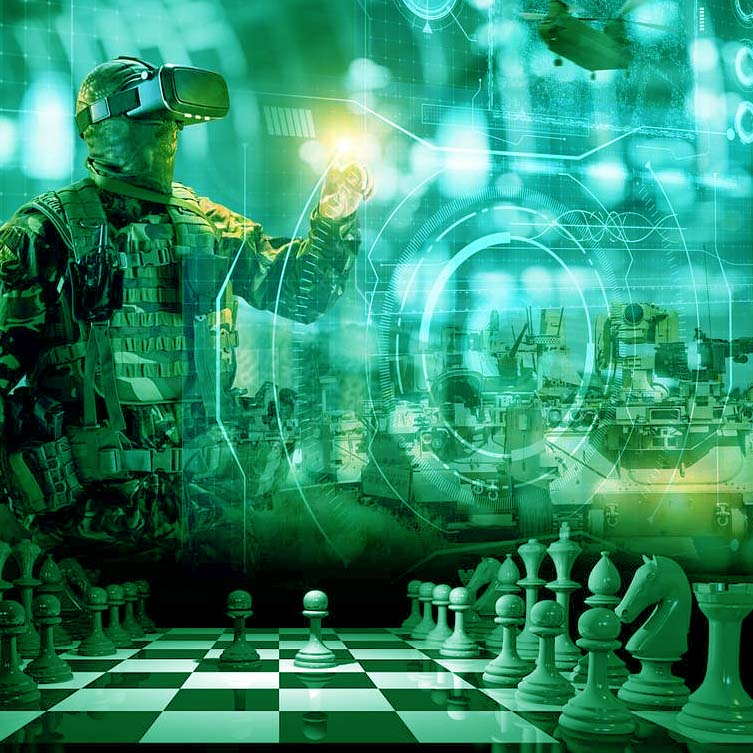
Deep Blue, an IBM chess-playing computer created in the mid-1980s, is an example of a reactive machine. Its sole purpose was to play chess against a human and defeat them.
2. Limited Memory AI
As the name implies, Limited Memory AI can make better decisions by analyzing past data stored in its memory. These artificial intelligence systems have a temporary memory that can be used to store previous experiences and inform future actions.
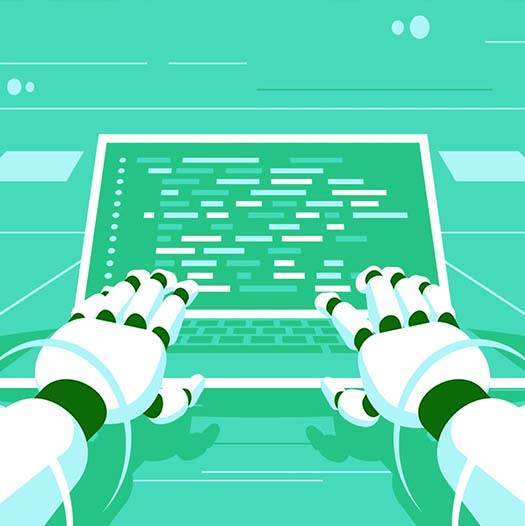
A customer service chatbot that improves its responses based on previous interactions is an example of limited memory AI. These bots remember previous conversations and use that information to provide more accurate, personalized responses to new customers. Over time, this improves performance.
3. Machine Learning (ML)
Machine Learning AI enables systems to gain knowledge from past performance and advance autonomously due to their data analysis, pattern recognition, and decision-making.
This type of system can be divided into 3 types:
1. Supervised Learning: a machine learning technique that uses labeled datasets to train algorithms that categorize data or predict outcomes.
2. Unsupervised Learning: also known as unsupervised machine learning, groups and analyzes unlabeled datasets without the assistance of a human. This technique makes it possible to find hidden patterns or clusters in data.
3. Reinforcement Learning: a branch of machine learning known as reinforcement learning (RL), this technique trains AI systems to maximize rewards based on feedback from actions.

Image recognition is a type of ML that is used in self-driving cars to understand their surroundings and make decisions based on that knowledge. Tesla and Uber were among the first companies to use image recognition technology in self-driving cars.
4. Natural Language Processing (NLP)
Natural Language Processing (NLP) is a branch of Artificial Intelligence that studies the interaction of computers and humans through the use of natural language. It entails analyzing, comprehending, and generating human language with the goal of improving human-computer communication.
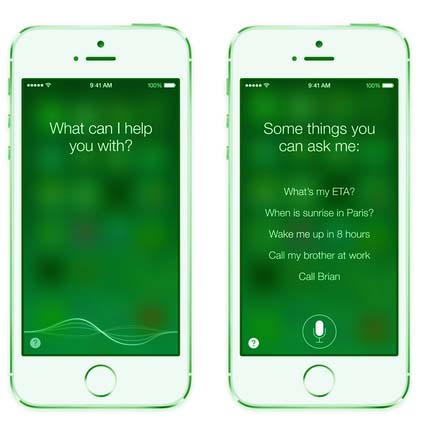
Speech recognition is one application of NLP that enables computers to translate spoken language into text. Speech-to-text dictation software and virtual assistants like Apple’s Siri and Amazon’s Alexa both make use of this technology.
5. Computer Vision
Making computers interpret and comprehend visual information from the outside world, such as pictures and videos, is the focus of the artificial intelligence field of computer vision. This can be accomplished by teaching computers to “see” and comprehend the visual world similarly to humans. To do this, it is necessary to develop algorithms and models for processing and comprehending visual data.
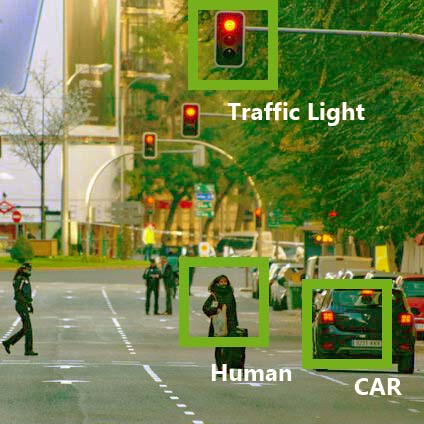
Machines equipped with AI are able to recognize and categorize objects accurately using digital images from cameras and videos and deep learning models. They can then respond to what they see.
Generative Models
An AI technique called generative models can produce new examples of data based on existing examples. They can be used for tasks like creating images, languages, and music, and can include the following:
GANs, VAEs, Autoregressive Models, and Transformer Models.
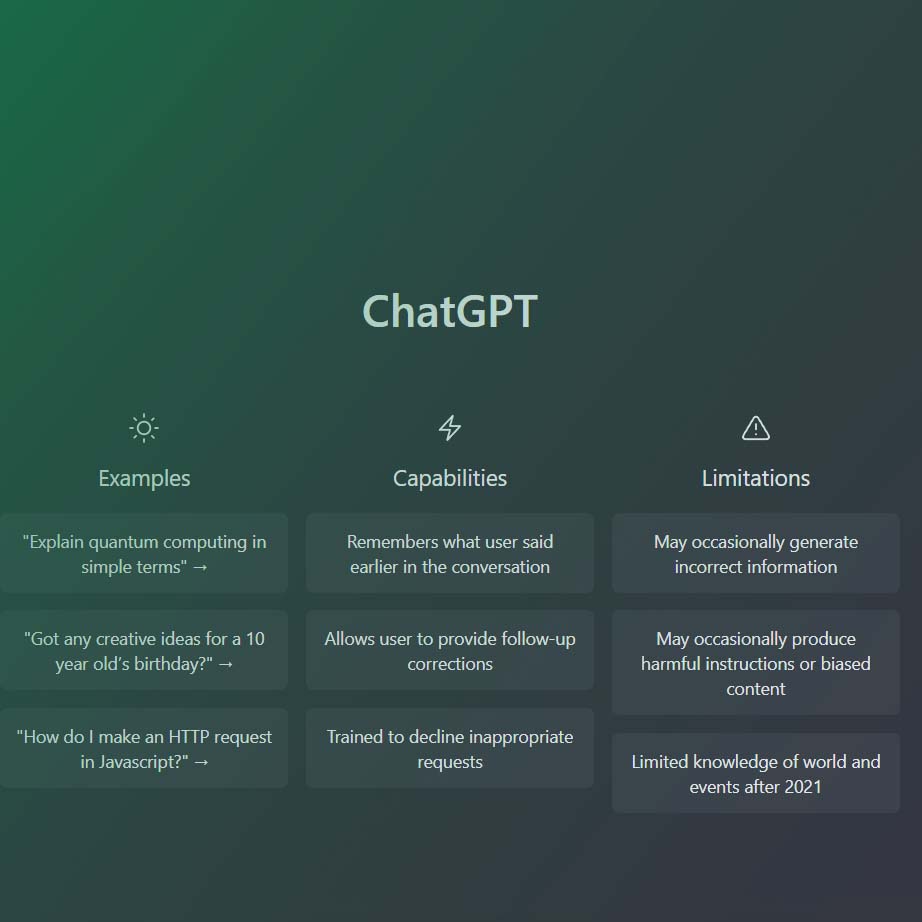
AI that generates new content, such as audio, code, images, text, simulations, and videos, is referred to as generative. One such algorithm is ChatGPT.
Robotics
AI and robotics are related fields that use cutting-edge technology to build intelligent machines that are capable of carrying out a variety of tasks. AI is concerned with building intelligent machines that can carry out tasks that require human intelligence, whereas robotics is concerned with the design and operation of robots. Robots can now perform tasks like perception, decision-making, and problem-solving thanks to the automation and control provided by artificial intelligence (AI) techniques.
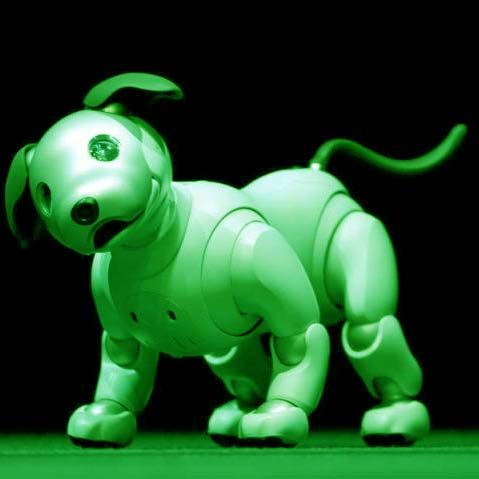
Aibo is a friendly, sociable and knowledgeable robot dog, created by Sony is a perfect example of AI Robotics. It has realistic motions like walking, barking, wagging its tail and it doesn’t need any upkeep like picking up after itself.
What will artificial intelligence look like in the future
Increased autonomy is one potential development in the expected future development of AI. Similar to how terminators in movies function, AI systems will be able to decide and act on their own without human intervention. But should we be scared?
The potential risks and advantages of AI should be carefully considered, and measures should be taken to minimize the risks and maximize the advantages. This entails creating and putting into practice moral standards for using AI, as well as rules and oversight to make sure it is used responsibly.
However, there are a number of ways in which AI has the potential to significantly advance society. Let’s examine its beneficial effects in some of the sectors of the world of today:
1. Healthcare Sector: Consider how much faster we could discover new medicines. That’s what happens when we use artificial intelligence to quickly analyze large amounts of data. It’s like a scientific superpower!
Artificial intelligent can be used also to assist with medical diagnosis by analyzing patient data such as electronic health records to help doctors make more accurate diagnoses as well as by analyzing medical images such as X-rays and CT scans to assist radiologists in detecting specific conditions, such as cancer.
2. Transportation: AI can help Public Transportation Management by improving bus, train, and subway schedules and routes, as well as forecasting and managing passenger demand, resulting in shorter wait times and greater overall system efficiency.
3. Marketing: AI can be used in marketing and advertising to automate the placement of ads on websites and social media platforms by using data on customer behavior and browsing history, to predict future behavior and preferences by analyzing customer data, such as past purchases, browsing history and social media activity.
On the other hand, we can take advantage of Chatbots that are AI-powered to interact with customers, provide automated answers to their questions, suggest products, and walk them through the purchasing process.
So In a nutshell, artificial intelligence involves simulating human intelligence in computer systems for activities like problem-solving, learning, and decision-making.